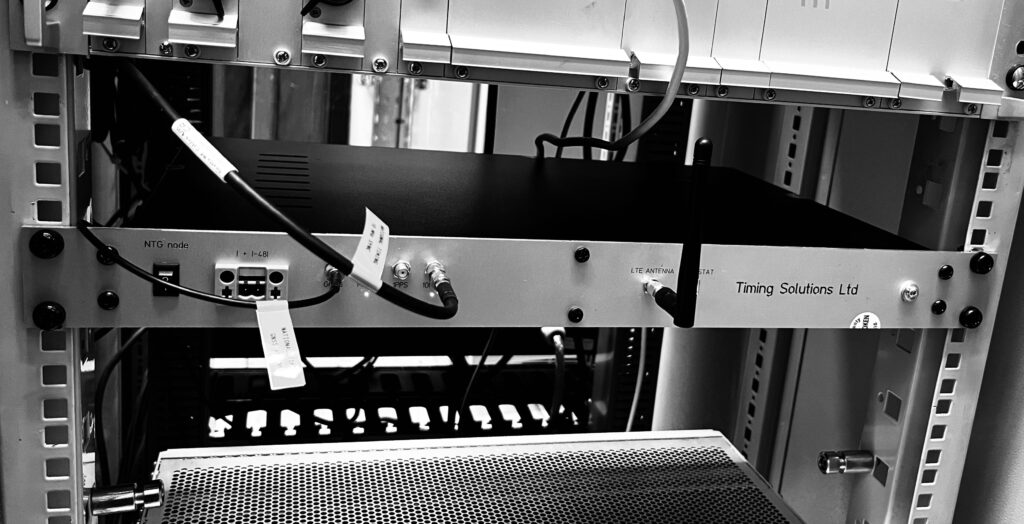The core part of the National Timing Grid is the measurement node. The measurement node, called NTG node, is essentially a Global Navigation Satellite System (GNSS) device that measures input atomic clock against GNSS system clock. By having multiple GNSS measurements one can use advantages of Common View Time Transfer to establish difference between two distant atomic clocks, but also to find out more about antenna environment, and signal reception quality, for example.


The NTG node uses 1 Pulse Per Second (1PPS) or 10 MHz signal as an input and measures the difference between this input signals and pivot clock located in NSAI NML laboratory, which in turn is accurately measured agains all atomic clocks around the world. The core technology is based on Global Navigation Satellite Signals and Common View Time Transfer technology.

NTG node is a versatile tool, and besides measuring stability of input 1PPS/10MHz signals, it offers the following features:
- GNSS receiver antenna environment – power signal levels, possible signal obstructions and sudden changes. An example of a practical use case study to help evaluate GNSS installation using NTG node is available here.
- Jamming detector and spectrum monitoring tool.
- A number of different spoofing detectors.
- Antenna position consistency evaluation.